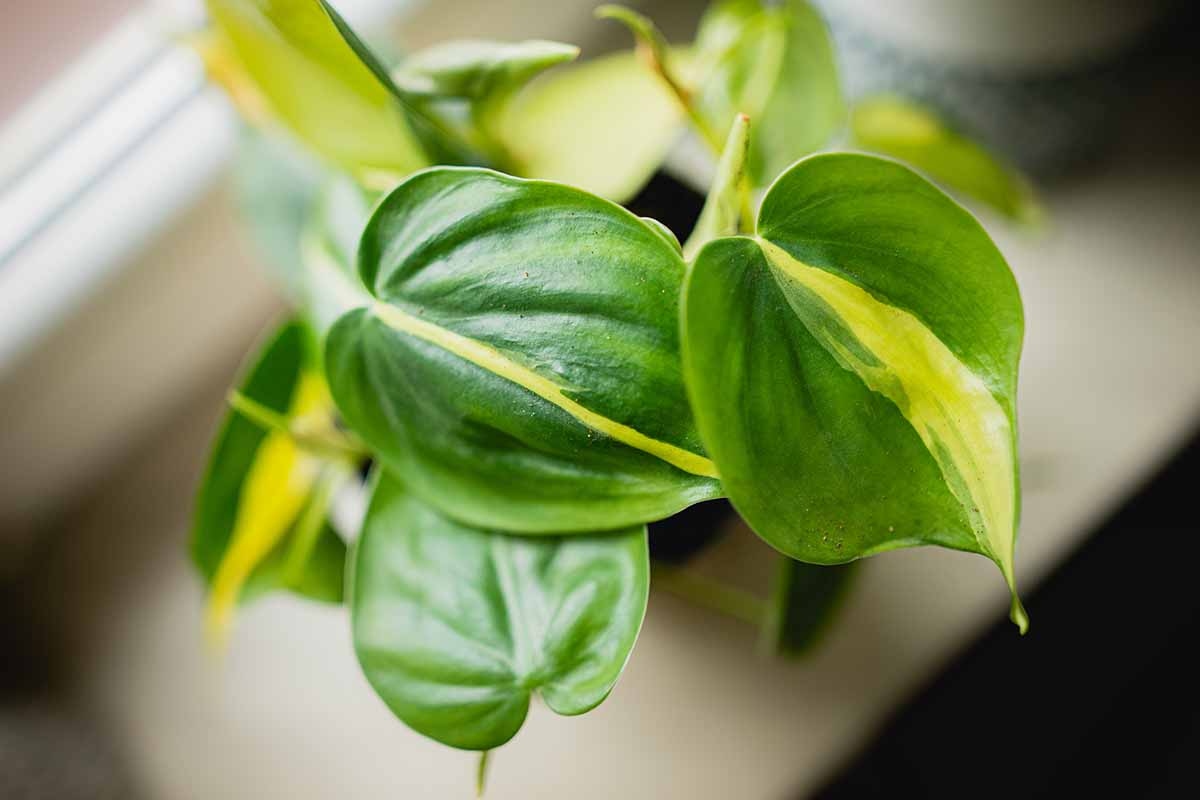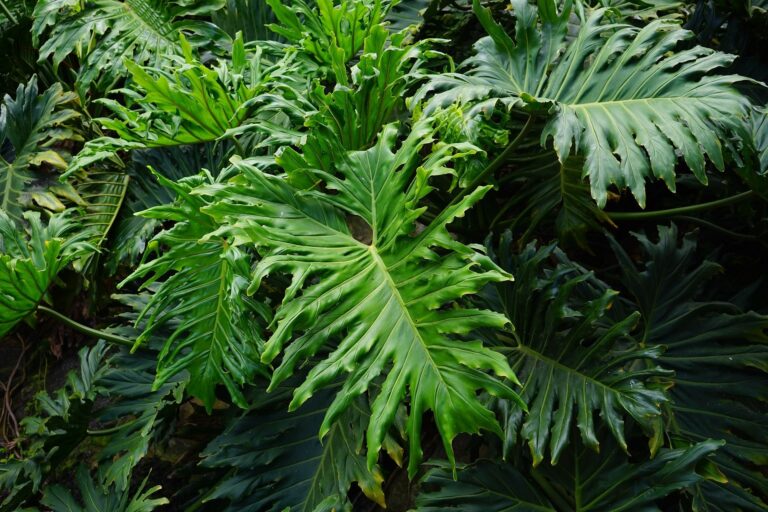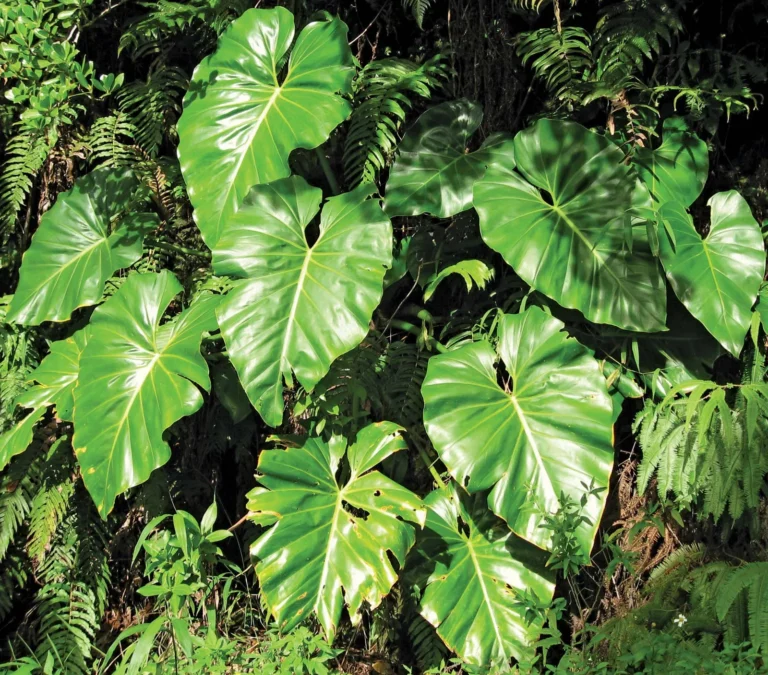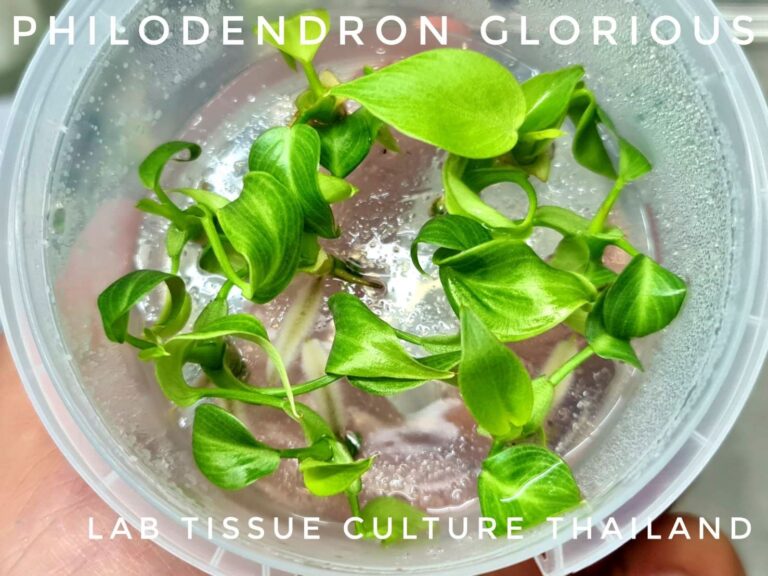Philodendron Brasil Variegated Care: Expert Guide to Stunning Foliage
The unique variegated leaves of your Philodendron Brasil are one of nature’s most fascinating genetic abnormalities; zones where chlorophyll production has been inhibited, so it emerges with dramatic lime-green patterns against cool, deep emerald background. Vivid variegated houses are known to produce distinctive colour in contrast to solid green houseplants and require exacting environmental conditions to remain as bright and stable as possible to avoid reverting back to all-green foliage.
Understanding Variegation: The Science Behind Those Striking Patterns
Variegation in Philodendron Brasil is due to chimeric mutation, where genetically distinct cell layers coexist within the same leaf tissue. The lime-green areas have cells with reduced chlorophyll production and darker green areas show normal photosynthetic ability. This lack of genetic stability makes your plant’s variegation patterns incredibly susceptible to the elements.
The stability of variegation is a result of maintaining an ideal cultivation environment that allows for the delicate equilibrium of these cell types. In the absence of optimal illumination at a light level less than 400 foot-candles (4,000 lux) chlorophyll production was a primary target cell activity, and variegated sections would slowly be converted to solid green by the plant when photosynthesis was maximized.
Optimal Lighting: The Foundation for Variegation Preservation
Bright sunlight in the form of indirect light with 600-800 foot-candles (6,000-8,000 lux) is a good situation for consistent variegation. Stand your Philodendron Brasil within two or three feet of east or north-facing windows or four or six feet from south or west-facing windows that you can see through sheer curtains.
The sun and warm morning light creates the best light without heat stress, which can bleach variegated area. On a summer day, you can expect to keep direct morning sun to a maximum of 2-3 hours. Winter hours bring more intense bright light as sun’s angle and intensity are still much lower than outdoor ones which will filter out damaging UV.
Watch the variegation patterns weekly – the more variegated the leaves are, the higher the signal it is for light intensity. On the other hand light variegated sections (either pale or yellow) indicate that the chlorophyll is degrading under excessive light exposure in cells that already become compromised.
Watering Strategies for the Health of Variegated Tissues
Variegated sections have 40%-60% less chlorophyll than green sections which leads to a decrease in plant photosynthesis as well as higher water uptake. As a result of stress these physiological limitations need modified watering protocol because stress can result in reversion.
Dry the top 25-30% of volume of soil (instead of 50% as recommended for solid green samples). This decrease in drying period is compensated by a decrease in efficient uptake of water; root suffocation, which activates variegation loss, is prevented.
Temperature of water has a substantial effect on variegation stability–use room temperature water (65-75°F) to reduce the effect of cold shock inducing green reversion. Cold pressure triggers protective processes that favor chlorophyll development over variegation preservation.
Soil Construction to Ensure Genetic Stability
Variegated Philodendron Brasil needs very good draining hard soil with only very limited moisture, but no waterlogging. Make a blend of 40% orchid bark chips, 30% perlite, 20% coconut coir and 10% worm castings. This blend creates an environment of structural stability and speedy drainage that prevents anaerobic conditions around sensitive root structures.
The thick texture allows for air pockets that sustain helpful microbial colonies necessary for nutrient uptake in variegated tissue. Control the pH of variegated parts of the soil and keep it within 6.0 to 6.5 as the variegated areas become more reactive to pH.
Acidic conditions under 5.8 can activate iron chlorosis in variegated surfaces; alkaline conditions above 7.0 decrease nutrient accessibility.
Optimization of Temperature and Humidity
Daytime temperatures must remain at 72–78°F while nighttime reductions are maintained in the range of 65–70°F. Such temperature differentials underpin the metabolic events that maintain a uniform pattern of variegation and mitigate heat stress that would alter trend-enhancing patterns.
Above 60% humidity also increases the overall stability of your variegation by diminishing transpiration stress that can lead to green reversion. Use room humidifiers or pebble trays to keep the humidity constant from around 40-50% – which is the range of humidity found in hot or air-conditioned conditions.
Don’t put your plant in proximity to heating vents, air conditioners or drafty windows — temperature rises above 10°F in just 24h will lead to hormonal changes favoring chlorophyll production over variegation maintenance.
Advanced Propagation Techniques for Preserving Variegation
Choose cuttings that include a minimum of two nodal insertions and visibly protruding variegation stripes through stem tissue. Such vascular patterns suggest maintained genetic expression, and this carry on to new growth.
For a thicker voracious root, it is best to make root cuttings in sphagnum moss over water, as oxygen-rich environments aid in better root development in variegated specimens. Keep moss moisture (70-80% saturation; make sure using distilled water), so there is NO mineral buildup and the developing tissue is exposed to stress.
Root environments can be temperature controlled (75–80°F) which promotes root establishment and stabilizes variegation. The reversion rate in the propagated material increases substantially for cold rooting where cold rooting conditions are less than 70°F.
No cross-planting from fully green segments—these cuttings will give rise to plants with less or no variegation patterns, hence a standard heartleaf philodendron.
Seasonal Care Calendar for Maximum Variegation
Spring (March-May)
Gradual increase in exposure to light as daylight hours lengthen. Start fertilizing once a month with diluted balanced fertilizer at half strength. Watch for fast new growth that is slightly less variegated at the outset.
Summer (June-August)
Keep the light bright and filtered during peak intensity months. Increase watering frequency to accommodate rapid growth while monitoring for heat stress signs. Provide additional humidity through misting or humidifiers.
Fall (September-November)
Gradually reduce fertilizer applications as growth declines. Keep the light bright as daylight wanes. Encourage positioning closer to the light source to prepare plants to receive less winter light.
Winter (December-February)
If natural light drops below 400 foot-candles, supplement with grow lights. Reduce watering frequency but maintain consistent humidity levels. Watch for variegation loss during low light periods.
Troubleshooting Variegation Issues
Full Green Reversion
It’s indicative of severe light deficiency and/or root stress. Raise the light intensity to 800+ foot-candles and check for root rot or soil compaction. Prune back to the last variegated node and propagate the green sections separately.
Lime-Only Leaves
Pale lime-green leaves without dark green sections suggest excessive light exposure causing chlorophyll degradation throughout the leaf. Reduce light intensity by 25-30% and monitor new growth development.
Patchy or Irregular Patterns
Uneven variegation frequently occurs due to inconsistencies such as watering or temperature variations. Implement regular care routines and maintain a consistent environment.
Small Leaves With Less Variegation
This is usually a sign of nutrient deficiency combined with insufficient light. Increase fertilizer strength slightly while improving light conditions.
Professional Growing Techniques
Commercial growers adopt tissue culture propagation to maintain genetic stability, but at home, growers can achieve similar results through careful node selection and environmental control. Mark stems showing consistent variegation patterns for future propagation material.
Mount climbing support with either moss poles or trellises—vertical growth increases leaf area and results in larger leaves with more stable variegation. The enhanced leaf surface area allows greater light harvesting efficiency for variegated tissue.
Rotate plants 90 degrees per week to ensure evenly distributed light on all foliage surfaces. Varying lighting will cause different variegation patterns and increase reversion on shaded areas.
Common Mistakes in Variegation Care
The cause of variegation loss in established plants is most commonly overwatering. Waterlogged soil leads to anaerobic conditions that initiate stress favoring chlorophyll production over pattern maintenance.
The second most common problem is insufficient light—many growers confuse “bright indirect light” with conditions adequate for solid green specimens. Variegated varieties require approximately 30-40% more light intensity than green counterparts.
Extreme temperature fluctuations, including cold drafts and rapid drops in temperature, can cause reversion within 48 to 72 hours. Keep temperatures uniform and avoid placing plants near doors or windows during cold weather.
Key Sources:
Philodendron Brasil Care Guide – Love That Leaf
Philodendron Brasil care & variegation maintenance – By Brittany Goldwyn
How to Grow and Care for Philodendron Rio – The Spruce
Philodendron Brazil Care: Show Off its Variegated Leaves – Eureka Farms
Growers Guide to Variegated Heart Leaf Philodendrons – PlantyTown







